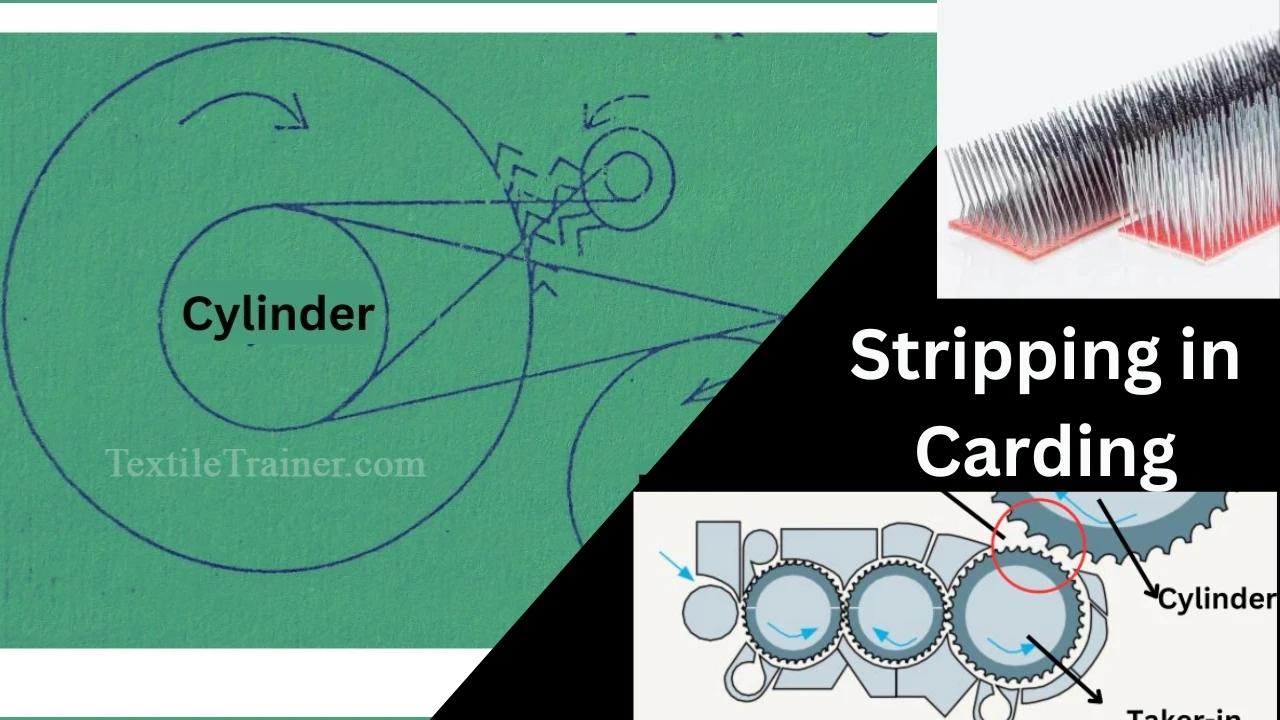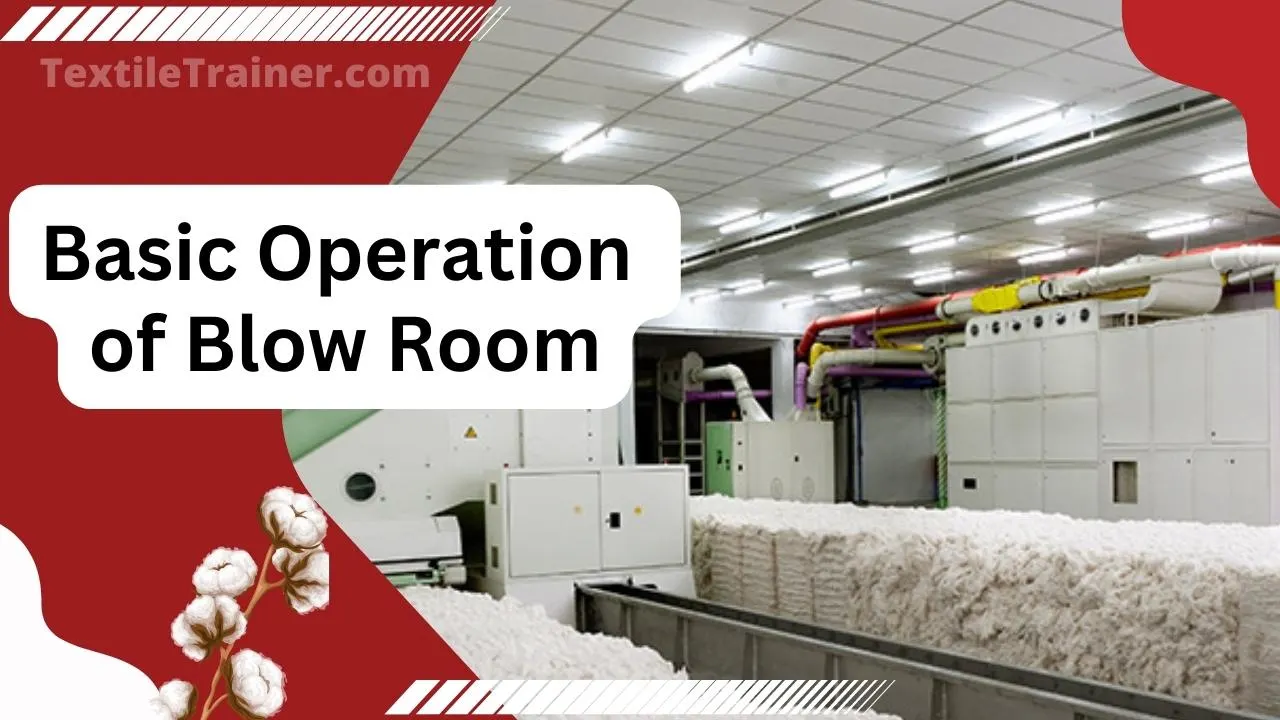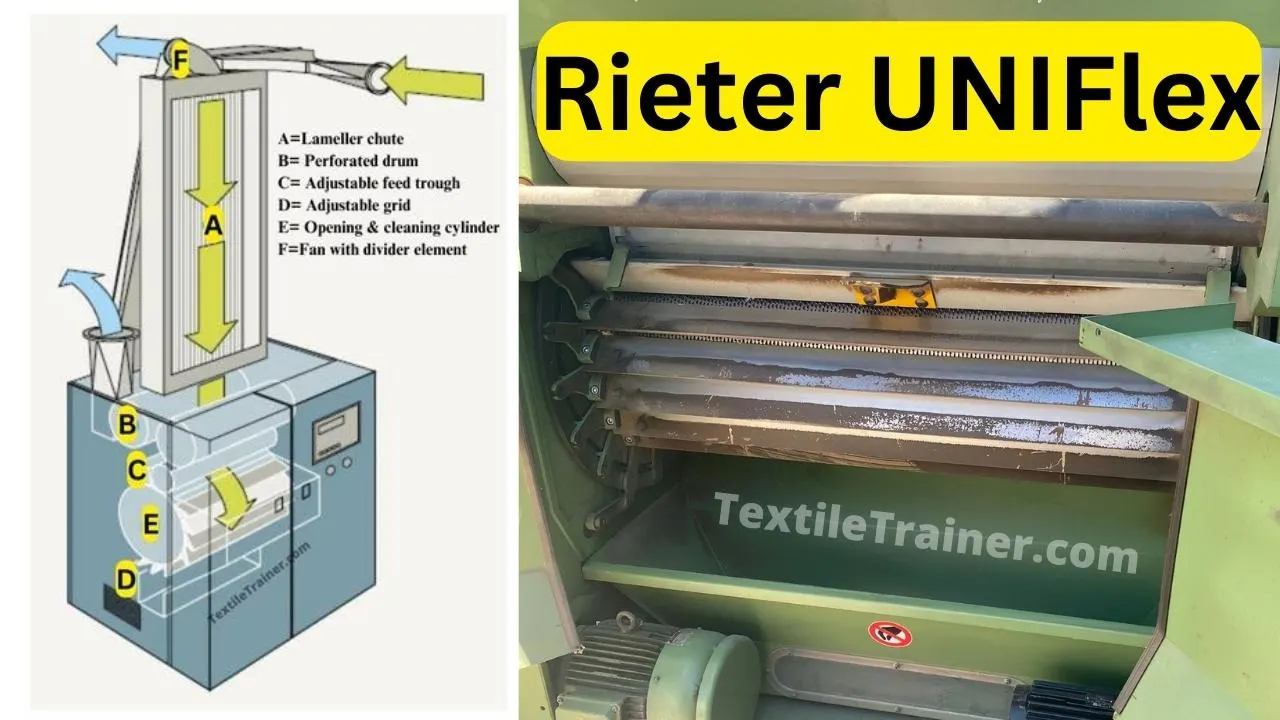Exploring Working Principle of USTER Vision Shield : AI System
What is Artificial Intelligence?
USTER Vision Shield work by using of Artificial Intelligence Technology. Artificial Intelligence (AI) technology is one of the most talked about technologies of our time (including the fashion and textile industries). It is being actively used in several industries, including finance, healthcare, automobiles, and more, to assist in transforming them digitally. Although there might be some controversy surrounding the application of artificial intelligence in specific creative industries, many experts believe it can significantly help the textile industry address many of the long-standing challenges it faces today.
Currently, AI systems are being used in modern blow room lines to improve the yarn quality. One of the key quality objectives of our company is to produce a yarn that is contamination free. In order to create contamination-free yarn, vision shields are used. The textile industry in the modern day is one of high competition, which is one of the main reasons for this. Almost every buyer wants to purchase products that are unique, of high quality, and free from contamination. Using a vision shield in a blow room line is necessary to meet buyers’ requirements. The cotton fibers can be cleaned with advanced technology without losing any of their value due to the process.

The Uster Vision Shield is a system designed for use in spinning mills to improve the quality of yarn produced. It consists of a camera placed in the spinning machine to monitor the yarn as it is spun. The camera captures images of the yarn, which are then analyzed by software to identify any defects or irregularities in the yarn. The Uster Vision Shield system uses sophisticated algorithms to detect even the smallest defects in the yarn, such as thin spots, thick spots, neps, and other imperfections. Once a fault is detected, the system can automatically stop the machine or alert an operator, allowing them to take corrective action before the yarn is further processed.
By detecting and correcting defects in real time, the Uster Vision Shield can help improve yarn quality, reduce waste, and increase productivity in spinning mills. It can also provide valuable data for quality control and process improvement, allowing mills to optimize their production processes and improve their overall efficiency. The Uster Vision Shield system is designed to work with various spinning machines and can be easily integrated into existing production processes.
The system can be configured to monitor multiple spinning machines simultaneously, allowing mills to monitor their entire production process from a single location. The Uster Vision Shield uses various advanced technologies to analyze yarn quality, including computer vision, machine learning, and artificial intelligence. The system can detect even the most minor defects in the yarn, which can significantly impact the final product’s quality.
Working Principle of USTER Vision Shield

USTER® JOSSI VISION SHIELD is designed to offer unrivaled detection capabilities when it comes to detecting threats. In the vision shield, there are new sensors as well as powerful imaging recognition technology. By using the Efficiency Booster, you are able to enhance the quality of your products further while reducing waste by a significant amount. As quality demands rise, spinners must meet them to remain competitive. The presence of foreign particles in yarn can negatively affect the quality of the final product.
Consequently, it is necessary to eliminate them from the yarn production process – preferably at the beginning of it. Today’s quality requirements require cotton to be properly cleaned in order for it to meet today’s standards of quality. All contamination is not removed in the blow room. Those contaminants are removed through the use of a vision shield.
- The Uster Vision Shield works by capturing images of the yarn. It is being spun and analyzing these images to detect any defects or irregularities in the yarn. The system uses a high-resolution camera that is placed near the spinning machine to capture images of the yarn.
- The captured images are then processed by specialized software. These software is designed to identify and analyze various yarn defects, such as thin spots, thick spots, neps, and other imperfections. The software uses advanced algorithms and machine learning techniques to distinguish between normal yarn and defective yarn.
- Once a defect is detected, the Uster Vision Shield can take several actions, depending on the configuration of the system. For example, the system can automatically stop the machine. It also alert an operator to take corrective action, or simply record the defect data for later analysis.
- The Uster Vision Shield is able to operate in real-time, providing immediate feedback on yarn quality. It also enabling mills to take corrective action as soon as a defect is detected. This helps to minimize waste, improve yarn quality, and increase overall productivity in spinning mills. Additionally, the system provides valuable data for quality control and process improvement. It is also allowing mills to optimize their production processes and reduce costs over the long term.
- Finally, contamination is send to the dust box.
Conclusion
In addition to improving yarn quality, the Uster Vision Shield can also help mills to reduce costs and improve efficiency. By detecting defects in real time, mills can reduce waste, minimize downtime, and optimize their production processes.



